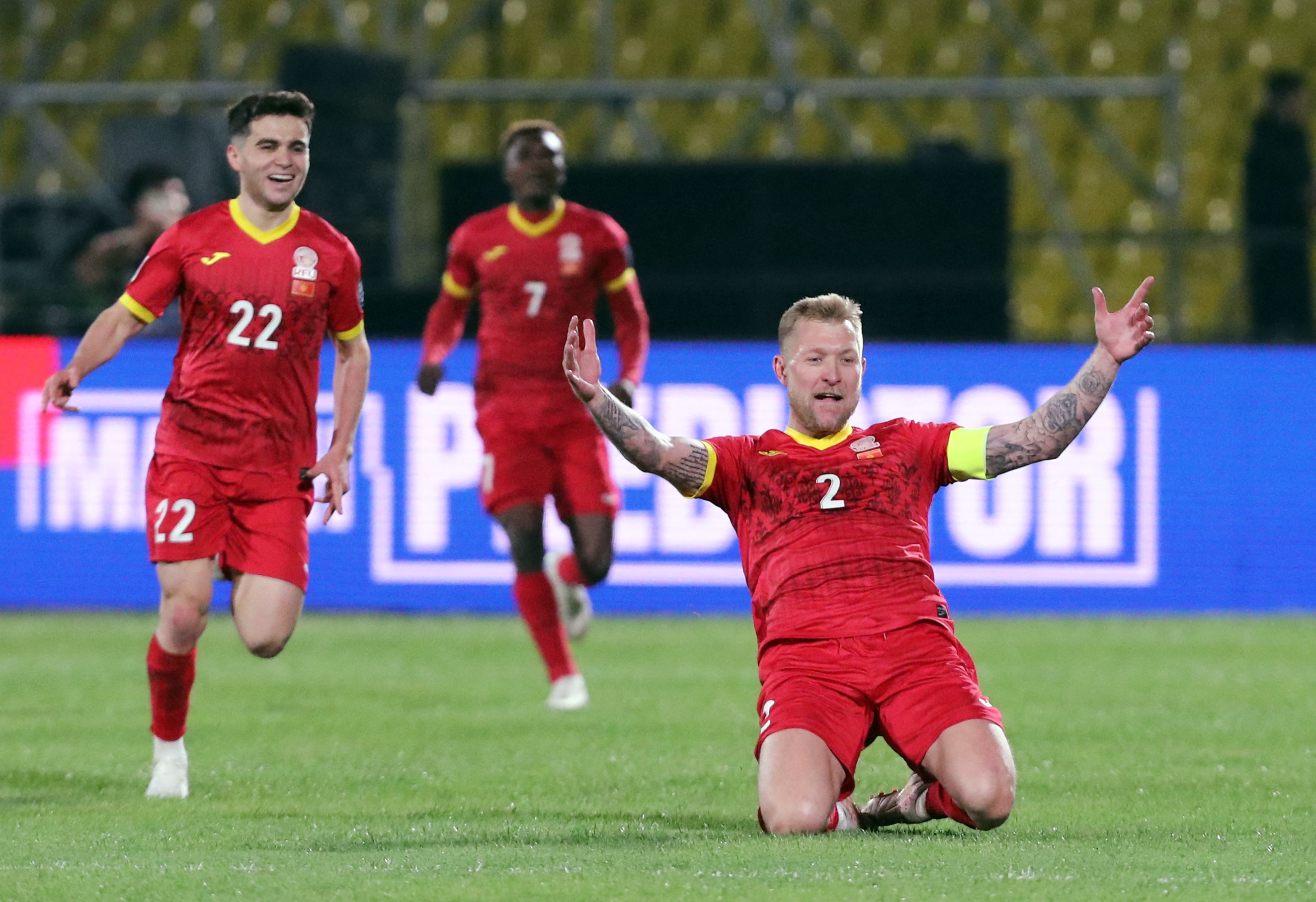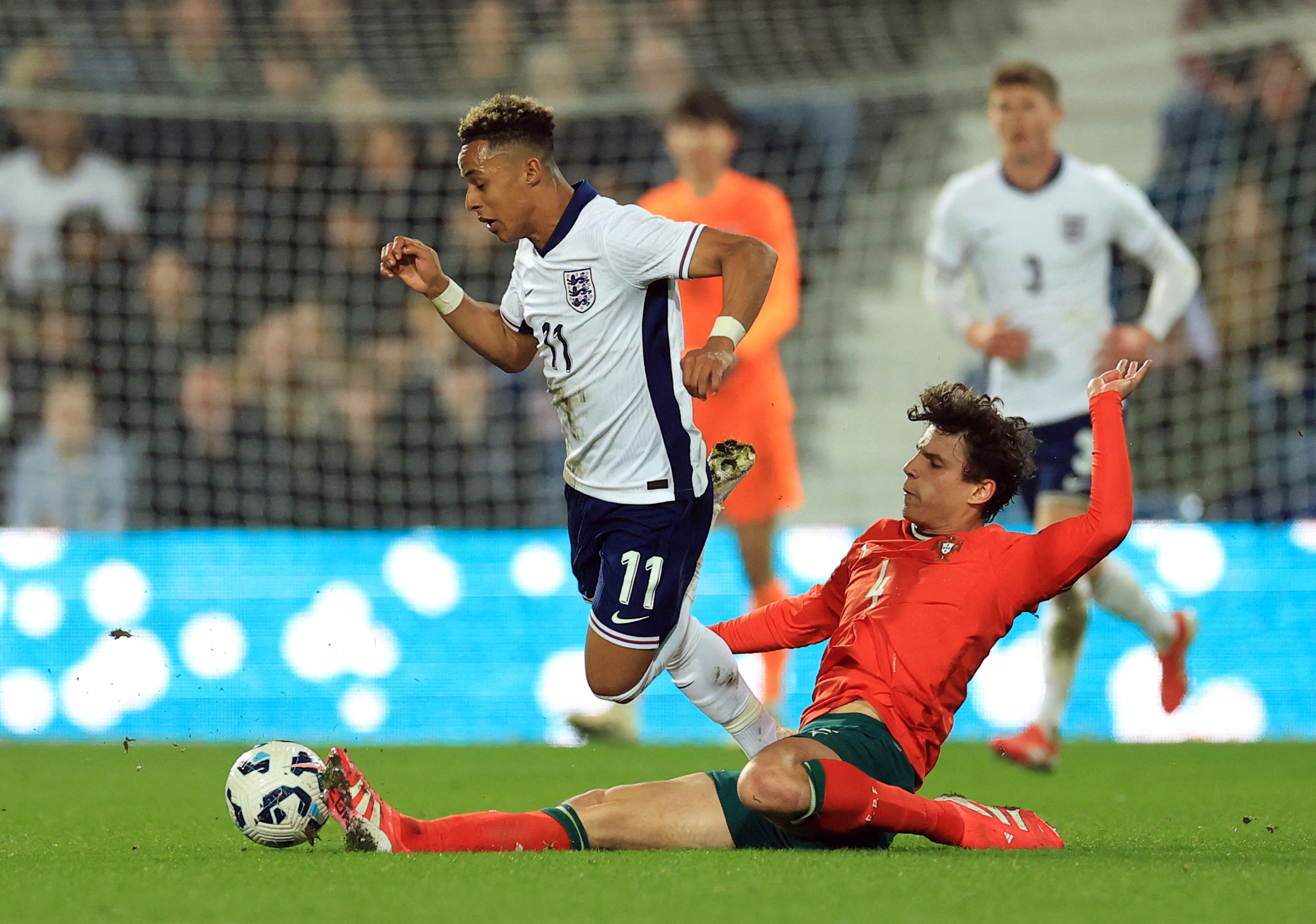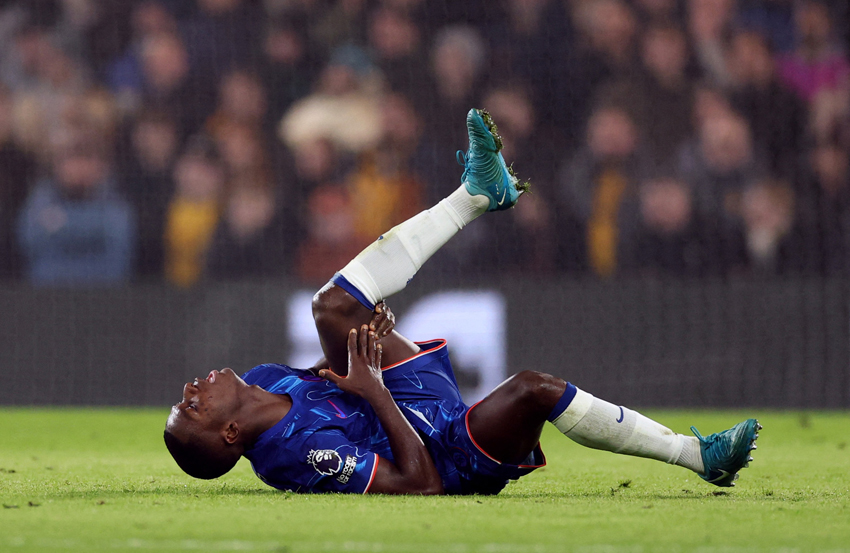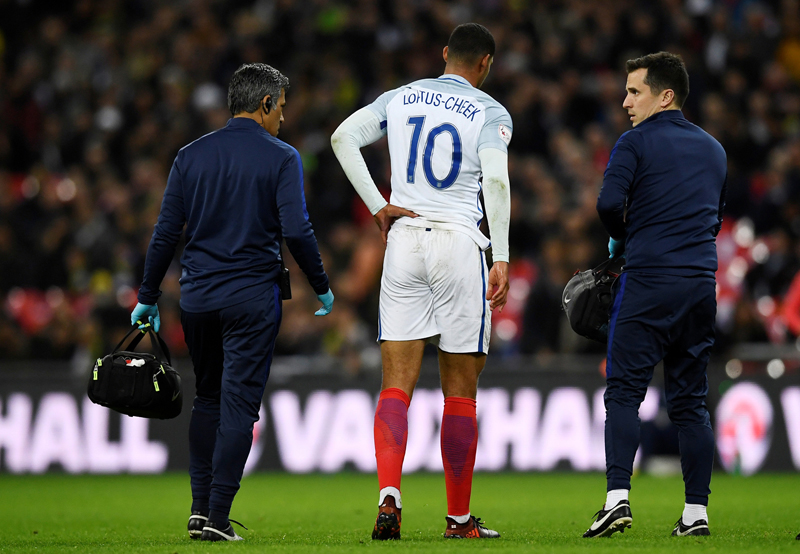Injury rehab: your boots are made for walking!

Running as an endurance sport has many upsides. Not only is it simple, requiring minimal kit and an activity that can be performed anytime, anywhere, it’s also an extremely time efficient activity for building aerobic fitness. Unfortunately, there is a significant downside and that’s the risk of a running related injury (RRI).
Injury risks in runners
Data shows that a non-elite runner, running more than five miles per week can expect a 66% chance of becoming injured in a 24-month period – even when that runner has been injury free for the previous six months(1). Moreover, more than half of those who do get injured in this period will experience more than one injury! In fact, the injury risks may be even higher; a study published just two months ago investigated the injury rates in 274 recreational runners with no recent injury. It found that over half (52%) experienced a running related injury in a 12-month follow-up period(2).
When injury does strike in runners, the immediate need is a cessation of training, a period of rest, then recovery/rehab. Minor injuries such as a slight tendon niggle may only require a few days away from training followed by a measured return to running. Other injuries such as knee ligament damage, calf strain, Achilles rupture, hamstring tear, stress fracture etc may take a lot longer to heal - anything ranging from a few weeks to many months. This can be very challenging for runners, especially if it involves pulling out of an event for which preparations are well underway. Even more frustrating is the prospect of plummeting running fitness due to the process of ‘detraining’ – where all those hard-won fitness gains in training gradually evaporate away. [NB: for an in-depth discussion of detraining and what happens when training ceases, see this article.]
Unsurprisingly, when a running injury strikes that requires an extended layoff, the first thought of most injured runners is ‘how can I minimize my fitness losses while I’m unable to run?’ This will depend to some extend on the nature of the injury. However, once the initial pain and inflammation has subsided, options such as cycling, swimming, rowing or training in the gym on various cardiovascular training machines are all commonly employed. The problem however is that none of these options compare to the simplicity and convenience of running, which makes their use more onerous to pursue for the already stressed runner.
Walking to minimize fitness losses
There is however one (often overlooked) fitness maintenance option that is simple, convenient, free and that has a fair degree of overlap with the running muscles in terms of specificity – and that’s walking. Although it’s not particularly fashionable as a fitness activity, walking actually has a lot going for it. For starters, it is quite literally the most natural form of motion known to man. Every single able-bodied person on this planet walks, and in terms of participation, no other exercise even comes close. Secondly, its low impact nature makes it ideal for runners seeking to minimize fitness losses without undue physiological stress on joints and muscles(3,4). Thirdly, and as mentioned above, the musculoskeletal movement patterns involved in walking and running are (self-evidently) quite similar, with the main difference being the greater relative involvement of the ankle and calf muscle in walking compared to the greater knee and quadriceps involvement in running(5). Nevertheless, this overall similarity helps to increase the transfer of training effect – ie helps to give walking training a high degree of specificity to running fitness.
Walking benefits in full
At this point, runners might be wondering how a relatively gentle activity such as walking can be beneficial to help maintain (or reduce losses to) running fitness. It’s true that most people tend to assume that harder exercise automatically means better exercise. But following this logic, we’d all be X-country skiing for aerobic fitness and Olympic power lifting for strength, which is obviously absurd!
It actually turns out that over certain types of terrain, walking can be very energetic indeed (see later). But the key point to remember is that the gentle nature of walking is precisely what makes it an ideal activity to help injured runners to get back on the road. Let’s also recap on the other benefits walking as an alternative to running can offer:
- Convenience – Number one on the list has to be convenience. Unless it’s completely pitch black outside, you can walk virtually anytime and anywhere, over any terrain. There’s no faffing around getting kit together or setting off for the gym. You just step out of your front door and go. Walking is also the oldest and most reliable form of transport known to man, so if you live within 3 or 4 miles of your work, you always have the option of leaving the car at home sometimes and walking instead.
- Simplicity – Walking is just about the most simple and natural movement known to man. When you walk for fitness, there are no special skills to learn and no special equipment or clothing to buy.
- Safety – The natural, low-impact movement of walking makes it an extremely comfortable and safe exercise, even for seasoned walkers who rack up big mileages. Unless you already have an existing injury caused by walking (rare), walking is very unlikely to produce one.
- Flexibility – Walking can be adapted to accommodate a very wide range of fitness levels. Once you start to up the walking speed and add in some gradient, the energy demands rise substantially. Look at table 1 on gradient and you’ll see that compared to walking on the flat at 3mph, walking up a 20% gradient at 5mph requires six times the aerobic power and energy output – challenging even for well-conditioned runners! Throw in a bit of rough terrain and the energy requirement rises still further.
- Weight management – When you walk, you perform a significant amount of work against gravity with each stride you take, and this work against gravity increases proportionately with your weight. These two factors combine to make walking an effective form of exercise for weight control and preventing the lbs from creeping back on, especially if you walk over hilly terrain.
- Enjoyment and relaxation – Last but not least, it’s hard to beat the sheer enjoyment of walking, especially if it’s in a beautiful environment. Unlike running or cycling, you really do have time to gaze at your surroundings and experience the detail around you, and stopping to take in the scenery seems somehow allowed!
You need to be logged in to continue reading.
Please register for limited access or take a 30-day risk-free trial of Sports Performance Bulletin to experience the full benefits of a subscription. TAKE A RISK-FREE TRIAL
TAKE A RISK-FREE TRIAL
Newsletter Sign Up
Testimonials
Dr. Alexandra Fandetti-Robin, Back & Body Chiropractic
Elspeth Cowell MSCh DpodM SRCh HCPC reg
William Hunter, Nuffield Health
Newsletter Sign Up
Coaches Testimonials
Dr. Alexandra Fandetti-Robin, Back & Body Chiropractic
Elspeth Cowell MSCh DpodM SRCh HCPC reg
William Hunter, Nuffield Health
Keep up with latest sports science research and apply it to maximize performance
Today you have the chance to join a group of athletes, and sports coaches/trainers who all have something special in common...
They use the latest research to improve performance for themselves and their clients - both athletes and sports teams - with help from global specialists in the fields of sports science, sports medicine and sports psychology.
They do this by reading Sports Performance Bulletin, an easy-to-digest but serious-minded journal dedicated to high performance sports. SPB offers a wealth of information and insight into the latest research, in an easily-accessible and understood format, along with a wealth of practical recommendations.
*includes 3 coaching manuals
Get Inspired
All the latest techniques and approaches
Sports Performance Bulletin helps dedicated endurance athletes improve their performance. Sense-checking the latest sports science research, and sourcing evidence and case studies to support findings, Sports Performance Bulletin turns proven insights into easily digestible practical advice. Supporting athletes, coaches and professionals who wish to ensure their guidance and programmes are kept right up to date and based on credible science.









